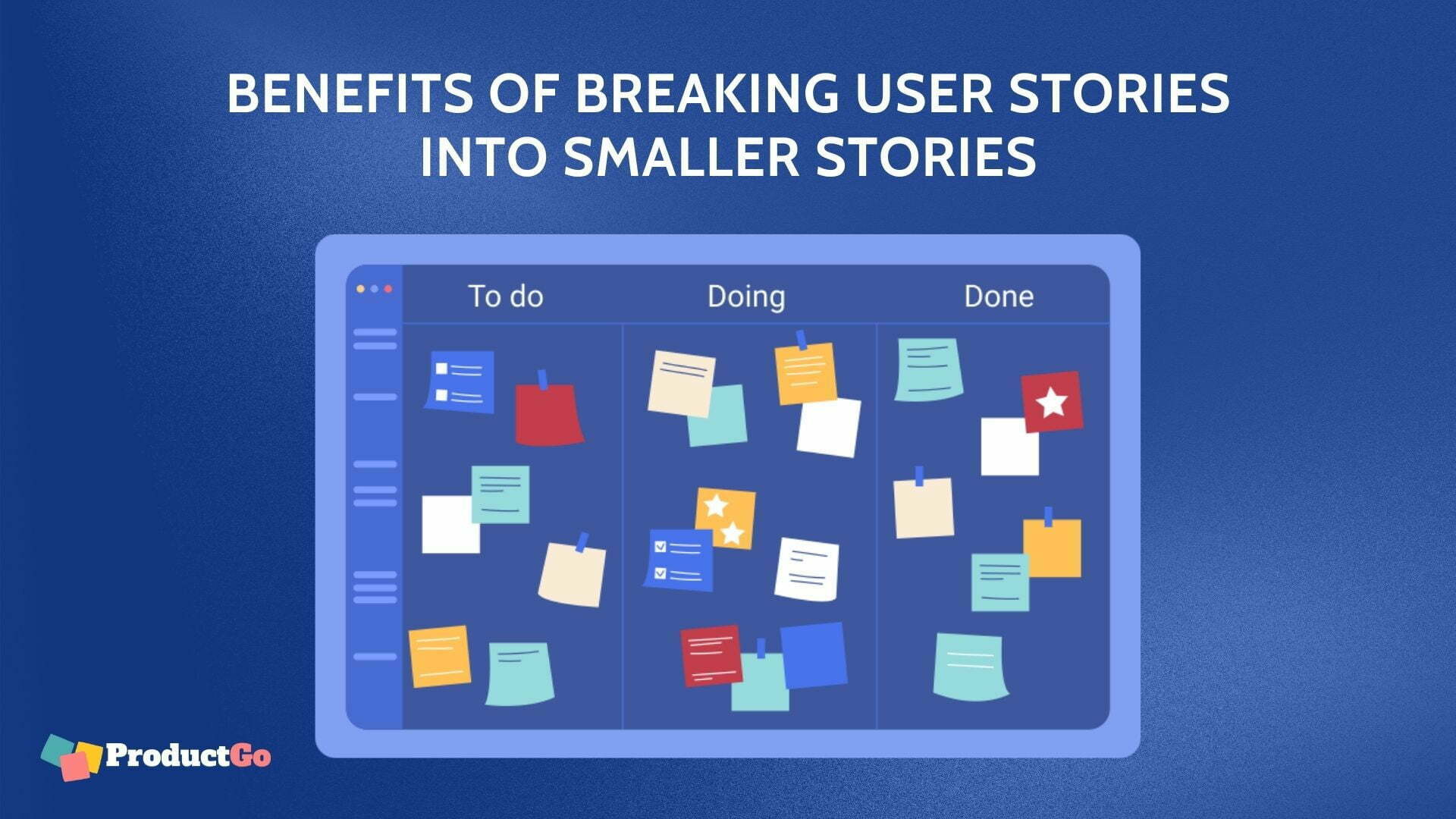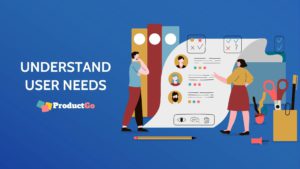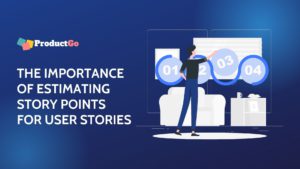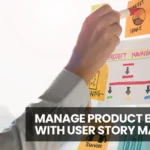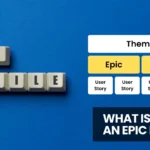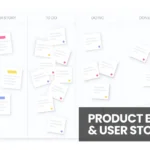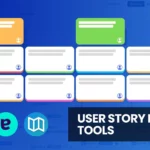Table of Contents
What are User Stories?
In agile software development, user stories are brief, simple descriptions of a feature or functionality from the end user’s perspective. User stories are typically written on index cards or sticky notes. They are intended to communicate the user’s needs, goals, and desires to the development team in an easy-to-understand and implementable way.
By focusing on the user’s needs and goals, user stories help the development team focus on delivering features and functionalities that will provide real value to the end user. User stories also promote collaboration and communication between the development team and stakeholders, as everyone involved can see what is being worked on and why.
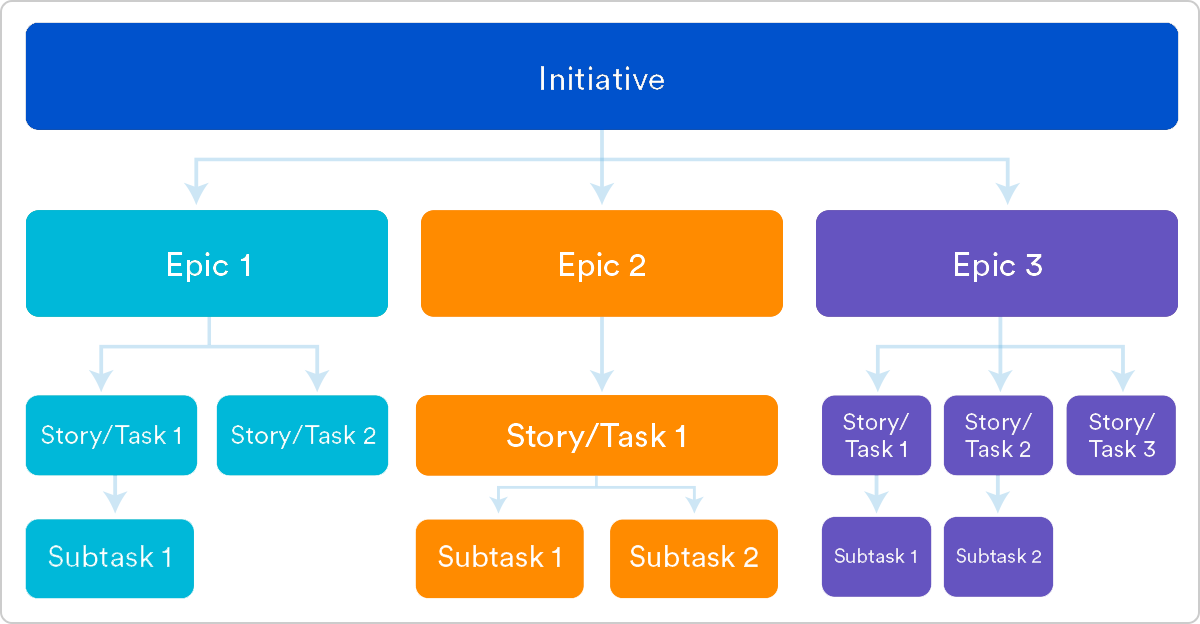
How to break User Stories into smaller stories?
Steps
Breaking down user stories into smaller stories is an important step in agile software development as it helps to create smaller, manageable chunks of work that can be completed quickly. Here are some steps to break user stories into smaller stories:
- Identify the primary goal of the user story. What is the user trying to achieve? Once you know the primary goal, you can break it down into smaller steps.
- Consider the user’s perspective. What are the user’s needs and wants? What are their pain points? When you understand the user’s perspective, you can better tailor the user stories to their needs.
- Break down the user story into smaller, more manageable tasks. Each task should be small enough to be completed within a sprint.
- Prioritize the tasks. Not all tasks are created equal. Some tasks are more critical than others. Prioritize the tasks so that the most important ones are completed first.
- Estimate the time and effort required for each task. This will help you to create a realistic timeline for the project.
- Get feedback from the team. Once you have a draft of the broken-down user story, get feedback from the team. This will help ensure the user story is clear, concise, and achievable.
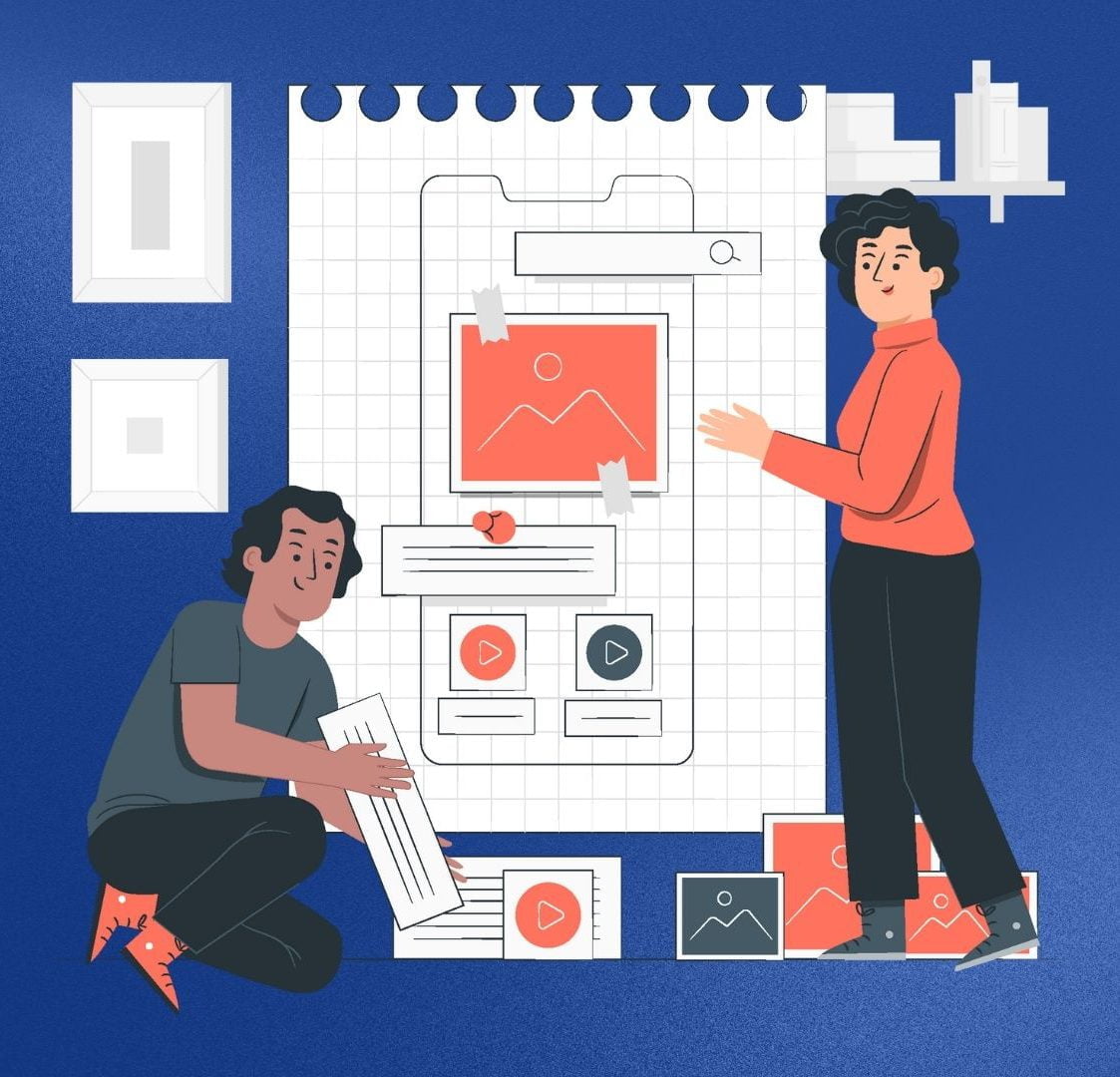
Tips
Here are some additional tips to keep in mind when breaking down user stories:
- Don’t break down user stories too far. You want to break down the user stories into smaller tasks but don’t want to break them down so far that they become meaningless.
- Be flexible. Sometimes, you may need to adjust the size or scope of a user story as you learn more about the project.
- Use your judgment. There is no one right way to break down user stories. Use your judgment and experience to determine the best way to break down the user stories for your project.
Breaking down user stories into smaller stories helps make them more manageable and provides more frequent opportunities for feedback and iteration. It is an important technique in agile software development that helps to ensure that projects stay on track and deliver value to end-users or customers.
Benefits of breaking user stories into smaller stories
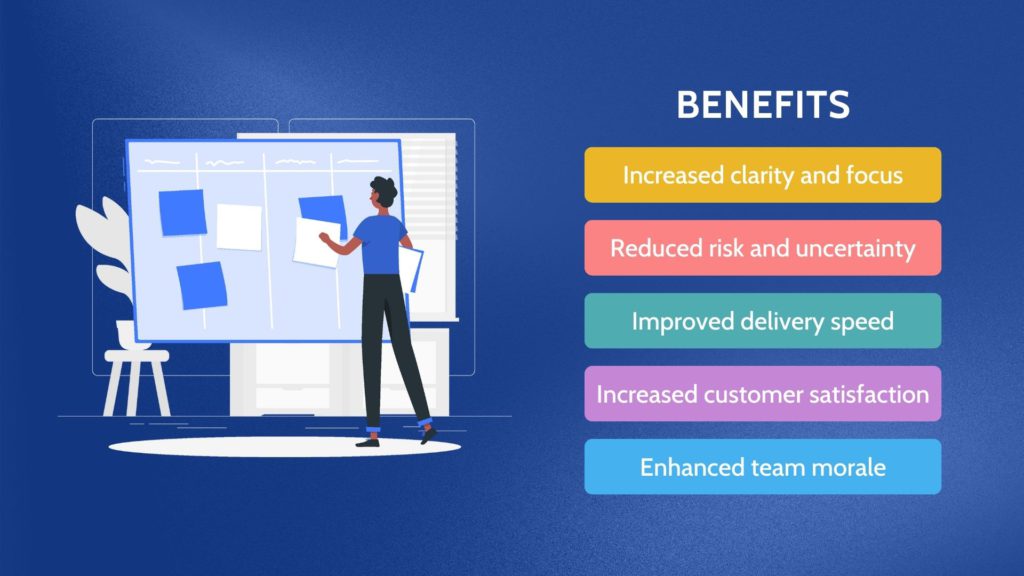
Benefits
Breaking user stories into smaller stories provides several benefits for agile software development teams, including:
- Increased clarity and focus: Smaller stories are easier to understand and focus on because they are more specific and manageable. This can help to improve communication and collaboration within the team, as everyone can understand the goal and the work required to achieve it.
- Reduced risk and uncertainty: Breaking down user stories into smaller stories can help to reduce the risk and uncertainty associated with more important stories. Smaller stories are easier to estimate, plan, and execute, which reduces the risk of missed deadlines or over-budget projects.
- Improved delivery speed: Smaller stories can be delivered faster than important stories because they require less time and resources. This can help to speed up the delivery of new features and functionality, providing value to end-users or customers more quickly.
- Increased customer satisfaction: Smaller stories can be delivered more frequently than larger stories. This can help to improve customer satisfaction by providing them with a more continuous stream of value.
- Enhanced team morale: Breaking down user stories into smaller stories can help to improve team morale. This is because it gives the team a sense of accomplishment when they complete a smaller story.
Overall, breaking user stories into smaller stories can have many benefits for both the team and the customer. If you want to improve your agile development process’s effectiveness, consider breaking down your user stories into smaller stories.
More benefits
Here are some additional benefits of breaking user stories into smaller stories:
- Improved communication: Smaller stories are easier to communicate to stakeholders, which can help to reduce misunderstandings and delays.
- Increased flexibility: Smaller stories are easier to change, which can help to accommodate changes in requirements or priorities.
- Enhanced quality: Smaller stories are easier to test and debug, which can help improve the final product’s quality.
You can reap the many benefits of agile development by breaking user stories into smaller stories.
Applying user stories to User Story Map by ProductGo
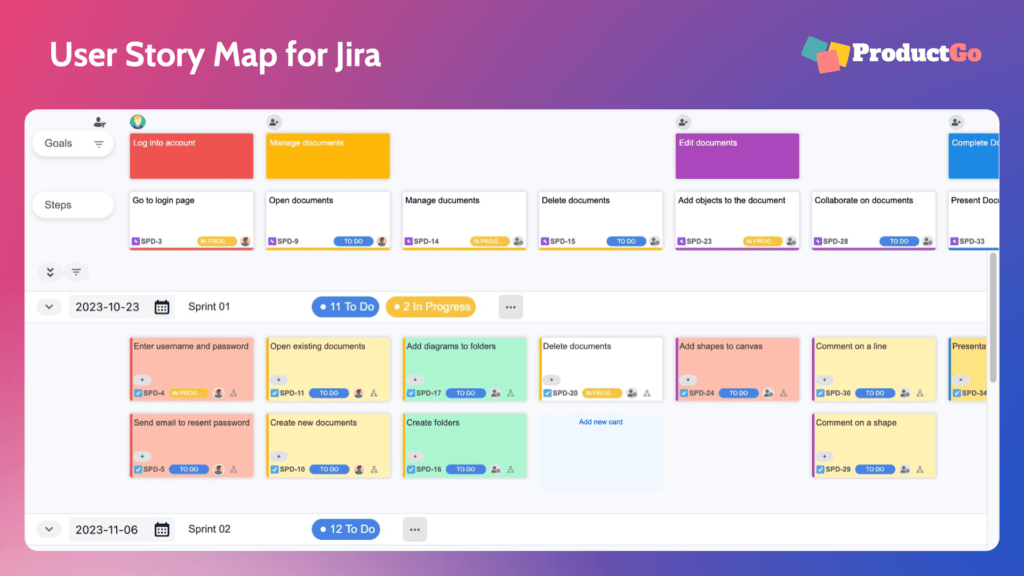
User Story Map by ProductGo is a visual representation of the user stories that need to be completed to deliver a product or feature. They can be used to help manage user stories by:
- Organizing user stories: User story maps can organize user stories by priority, theme, or other criteria. This can help to ensure that the most important user stories are completed first and that user stories are grouped in a way that makes sense for the development team.
- Communicating user stories: User story maps can communicate user stories to stakeholders. This can help to ensure that stakeholders understand the goals of the project and the user stories that need to be completed to achieve those goals.
- Prioritizing user stories: User story maps can prioritize user stories. This can help to ensure that the most important user stories are completed first and that the development team does not get bogged down in less critical user stories.
- Tracking progress: User story maps can be used to track progress on user stories. This can help ensure that the development team is on track to complete all user stories on time.
Overall, User Story Map by ProductGo can be a valuable tool for managing user stories. They can help organize user stories, communicate user stories to stakeholders, prioritize user stories, and track progress.
Try out our User Story Map by ProductGo here: Agile User Story Maps, Roadmaps & Persona for Jira
Conclusion
In conclusion, breaking user stories into smaller stories is essential in agile software development. It can help to make user stories more manageable, provide more frequent opportunities for feedback and iteration, and improve the overall effectiveness of the development process. By breaking down user stories into smaller stories, teams can reap the many benefits of agile development, including increased clarity and focus, reduced risk and uncertainty, improved delivery speed, increased customer satisfaction, and enhanced team morale. In addition, by using user story maps, teams can further improve the effectiveness of their agile development process.

